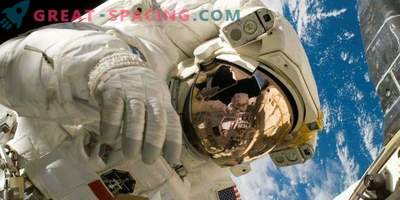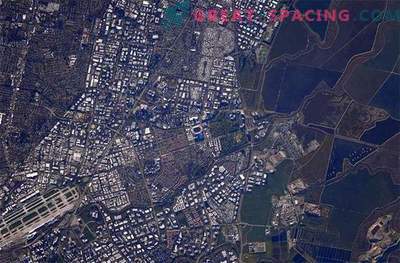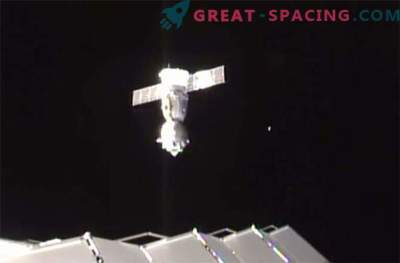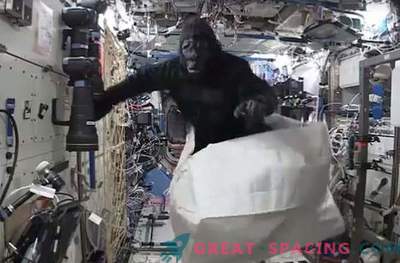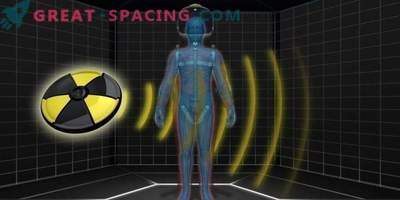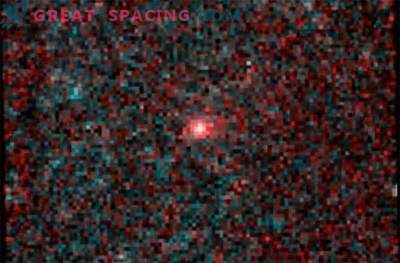
Laboratory mice that spent only two weeks in orbit showed early signs of liver damage after returning to Earth, which raises concerns about how long-term space flight can affect people, researchers said on Wednesday.
The results may be of interest to the US space agency, which plans to send people to distant space directions - missions of the 2030s, such as asteroids or Mars, which will require a long stay in space.
NASA is already studying the effects of a long-term space flight on the human body, and recently sent one of its veterans, astronauts Scott Kelly, to a 340-day orbit of the International Space Station, a mission that also included a Russian cosmonaut.
"Before this study, we really had some information about the effects of space flight on the liver," said lead author Karen Jonscher, an associate professor at the Department of Anesthesiology and a physicist at the University of Colorado Medical Center. "We knew that astronauts often came back with problems like diabetes, but they tend to be resolved quickly."
The mouse spent 13, 5 days aboard the space shuttle Atlantis in 2011.
After her return to Earth, the researchers found that space flight had an effect on certain cells that could lead to scarring and long-term damage to organs.
Namely, mice showed an increase in fat accumulation in the liver, as well as a loss of retinol - an animal form of vitamin A.
There were also changes in their ability to break down fats, and signs of non-alcoholic fatty liver disease (NAFLD) and “potential early indicators for the onset of fibrosis, which may be one of the most progressive effects of NAFLD,” the study says.
Researchers already know that space flight can lead to loss of bone and muscle mass, as well as changes in vision and brain function in humans.
Jonscher said that in order to develop signs of liver damage that they saw in mice, it is usually necessary to eat unhealthy foods from several months to several years. “If the mouse shows nascent signs of fibrosis without changing the diet after 13, 5 days, what will happen to people?” She asked.
The results were published in the journal PLoS ONE.
NASA did not immediately respond to a request for comment.
“Regardless of whether this problem exists or not, the question remains open,” said Jonscher.
One of the possible options is that the tension of space flights, in particular, rocking, noise and turmoil on departure and re-entry into the Earth’s atmosphere, contributed to liver damage.
Further studies on the tissues of mice that have been on the International Space Station for several months may shed more light on the question of whether microgravity plays a role in liver damage.
"We need to look at mice participating in a longer space flight to see if there are compensatory mechanisms that come into play that could protect them from serious damage," said Jonscher.





